Minimal Computing Design Principles
Building a Multispectral Imaging System for Simplicity, Sustainability, and Accessibility
Multispectral Imaging Capture Equipment Rodeo
Rochester, New York, June 27, 2025
Todd Hanneken, St. Mary’s University
Minimal Computing
- Simple
- Sustainable
- Accessible / affordable
Simple
- Alignment of complexity of tool and understanding of operator
- Simple tools are reusable
- Self-reliance
- Build it yourself
- Customize to your own needs

Sustainable
- Adaptable
- Serviceable
- Experimentation
Accessible
- Affordable
- The best camera is the camera you have with you
- Available
Weaknesses
- Iterative learning process takes time
-

- So-called learning curve
Tripods
- Cheaper than Kaiser copy stands
- Already had two, bought a third with ability to shoot downward for less than $100
- Can upgrade to more stable tripods in the future without redoing the whole design
- Can shoot and illuminate horizontally
- Can borrow or buy them in any city
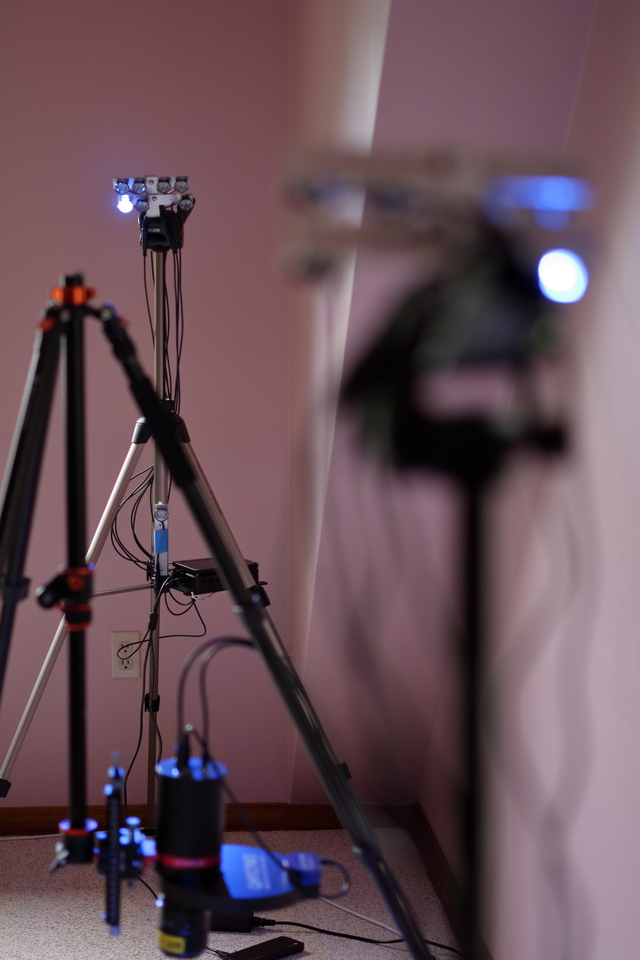
Sensors
- Google Pixel 6 (FIYHI=free if you have it), added a $5 tripod mount
- Canon T1i (FIYHI), no modifications for infrared
- QHY mini ($509 including filter wheel), panchromatic, cooled, 8 megapixels
- QHY 600 ($3909 + $255 filter wheel), 61 megapixels

Lenses
- Canon APS-C (FIYHI), vignettes on full-frame sensor, significant chromatic aberration in infrared
- Zeiss Milvus ($454 used), mass market, excellent in visible, very good in infrared
- Macro focus rail ($80), focus stacking option
- Coastal Optics (free with good friends), UV-VIS-IR apochromatic
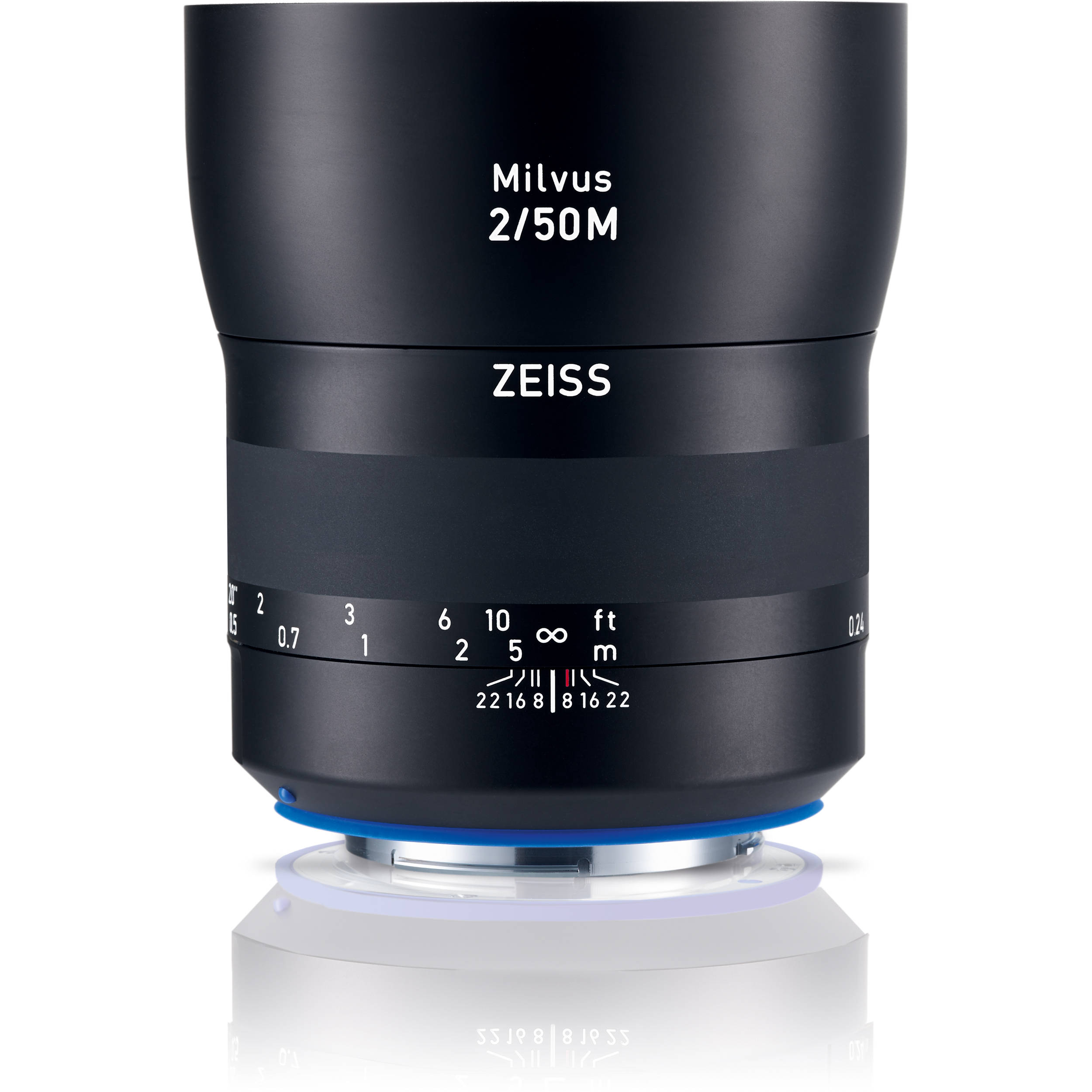
Filters
- Kodak Wratten 2 filters are reasonably mass-market, available on eBay for $20-40 each
- Blue, Green, and Red for color and UV-induced fluorescence
- Two infrared pass filters for infrared fluorescence
- Lens-front visible-pass filter for outdoor color photography
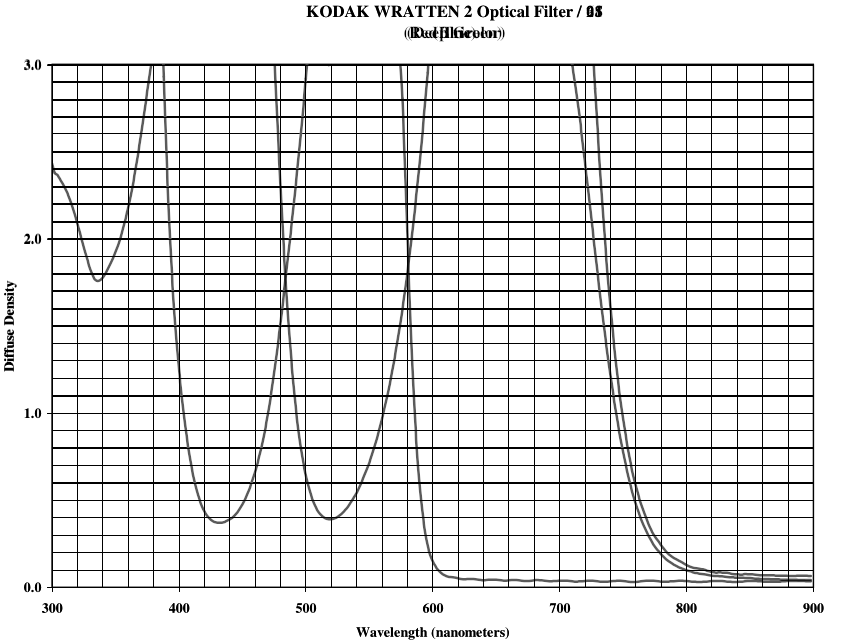
Transmissive Illumination
- TV or monitor with LCD panel removed (FIYHI)
- Broadband white
- About 8mm just the panel, more with the TV housing
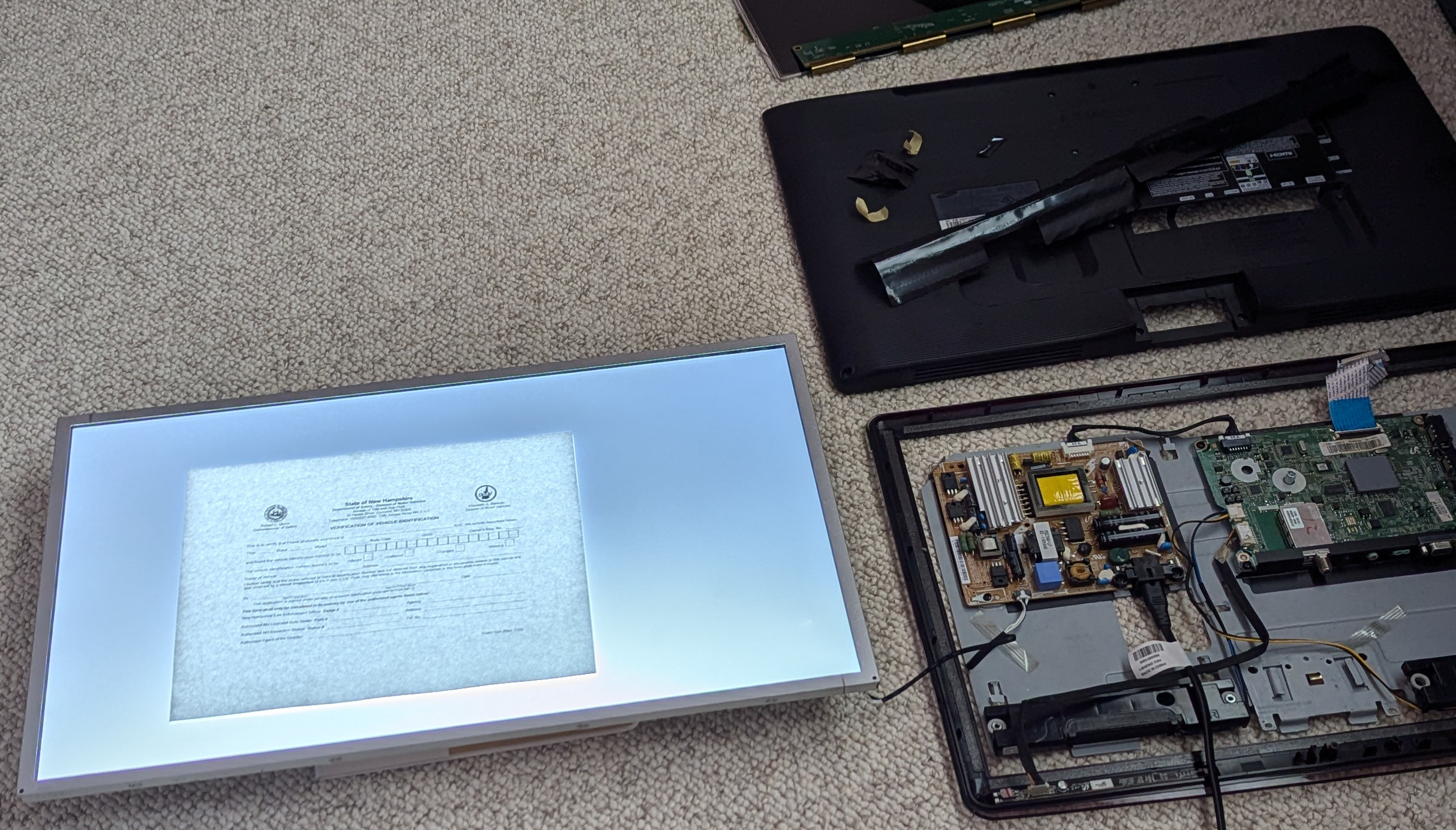
Octopus Lights
- Modular: each channel can be connected to any light, any position
- Suitable for raking
- Easily adapted
- Accurate color from 6500 Kelvin, 2800 Kelvin, 405, and 475 nm combined with three filters
- 385 nm and 405 nm ultraviolet; 730 nm, 850 nm, and 940 nm infrared
- Mass-market parts: Arduino or Raspberry Pi Pico, barrel jack cables, 60 watt 12 volt power supplies
- About $400 for two
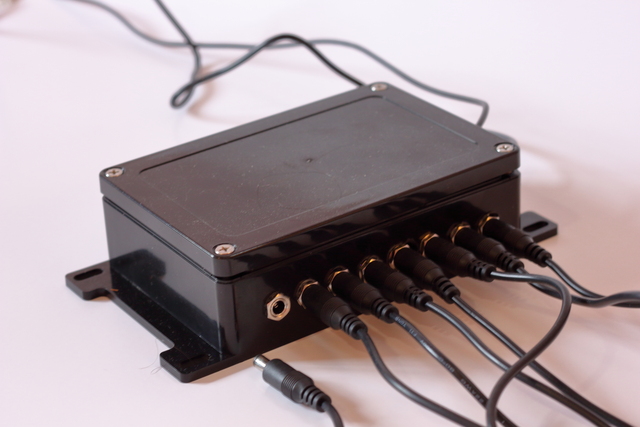

Networked Capture Controller
- Based on Raspberry Pi 5 ($100 with power supply, storage, case)
- Controlling the lights, camera, and filters is the work of a device on the network
- Compatible with Arduino (Octopus, Misha) and Raspberry Pi Pico for lights
- Compatible with Canon, QHY, Flir, Pixelink, CHDK, and presumably other cameras and filter wheels
- Written in Python with Flask for web interface
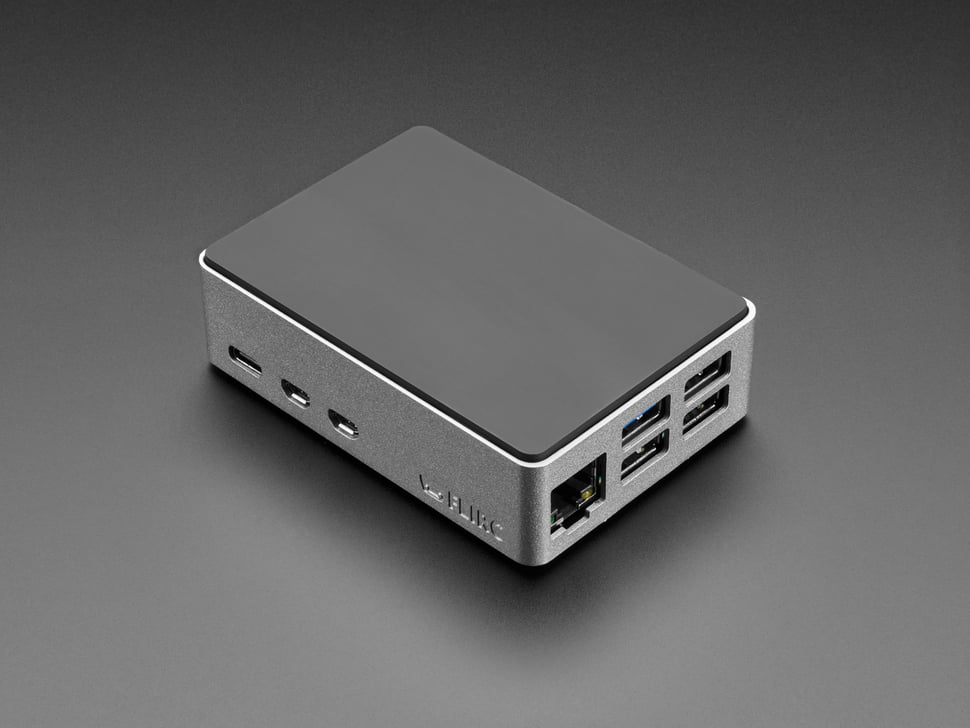
Conclusion
- Simple enough to understand, learn if necessary
- Sustainable enough to grow, fix, experiment
- Affordable in materials, value of time
- $5000 parts
- -$15000 valuable education on knowledge and skills I want for the future
- $2000 wasted education on stupid evil never want to see again Canon EOS Digital Software Development Kit
- -$8000 total cost